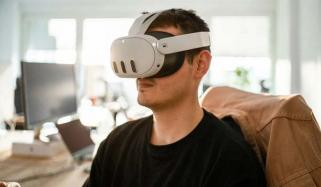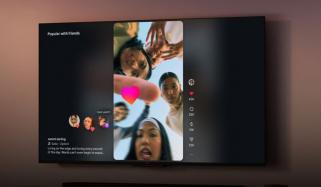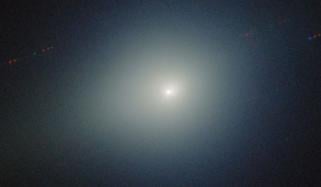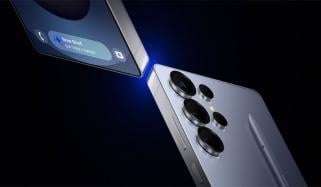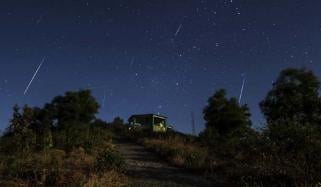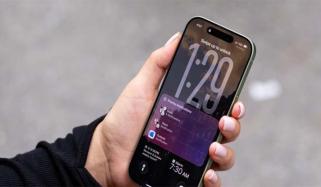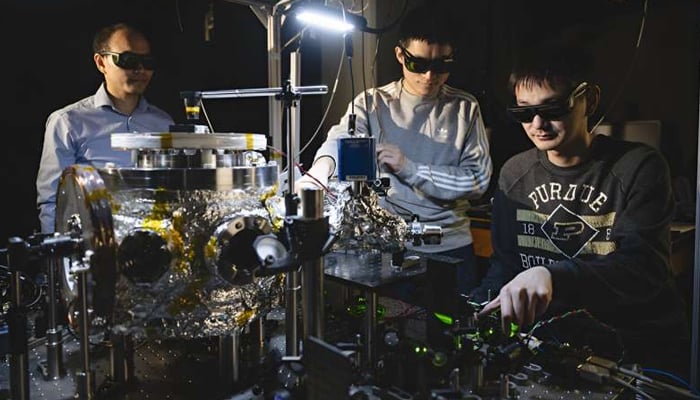
Purdue University’s physicists have successfully thrown the world’s smallest disco party!
The disco ball used by them in question is actually a fluorescent nano-diamond, which was levitated and subsequently spun at extraordinarily high speeds.
Doing this made the sparkling stone emit multicolor lights that scattered in different directions from its rotation.
As per Phys.org, the never-to-be-forgotten bash continued with those scientists studying the effects of rapid rotation projected on the spin qubits within their system, enabling to observe the Berry phase.
The team of these smarties was led by Tongcang Li, who is the professor of Physics and Astronomy as well as Electrical and Computer Engineering at Purdue University.
Once done with their research, the results obtained were published in Nature Communications – an open access journal.
“Imagine tiny diamonds floating in an empty space or vacuum. Inside these diamonds, there are spin qubits that scientists can use to make precise measurements,” Tongcang Li explained.
He added that the investigation offered an exploration into the mysterious relationship that’s found between gravity and quantum mechanics.
Reviewers of his disco-balling publication described the study as an “arguably groundbreaking moment for rotating quantum systems and levitodynamics.”

